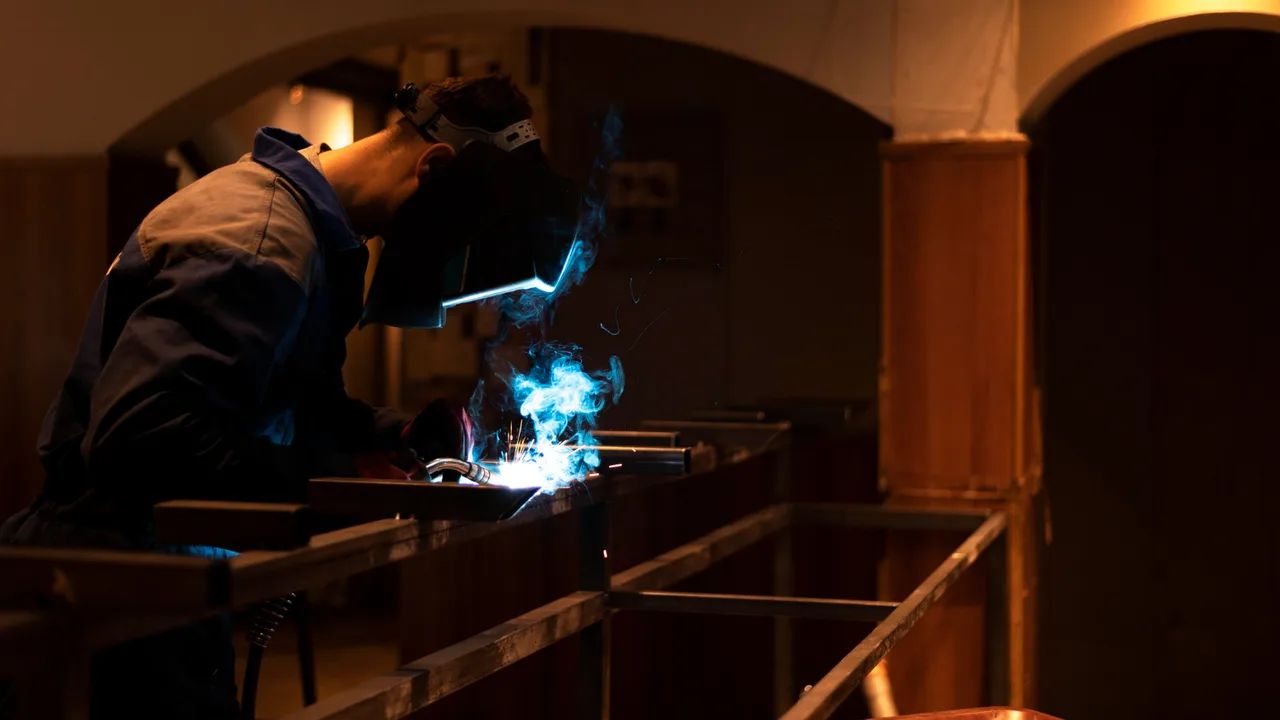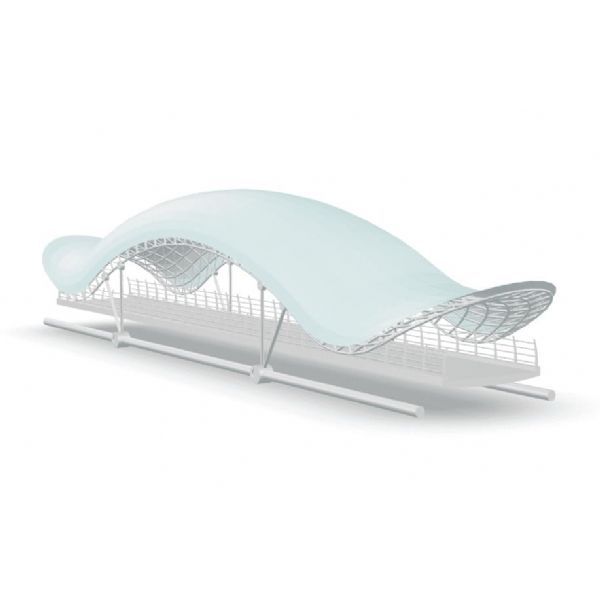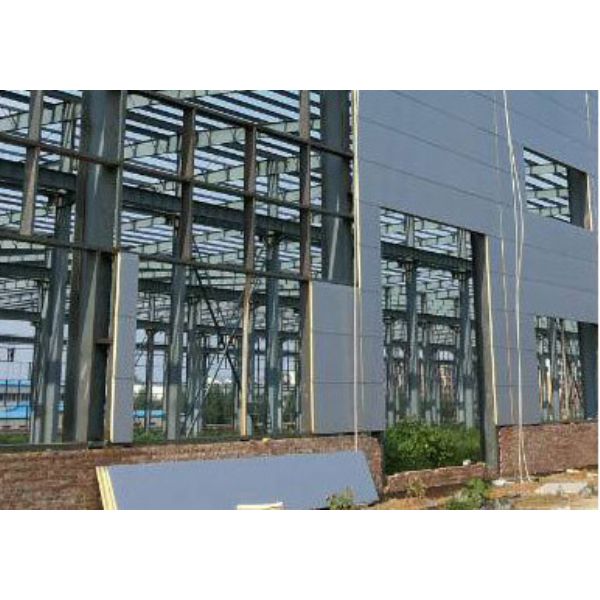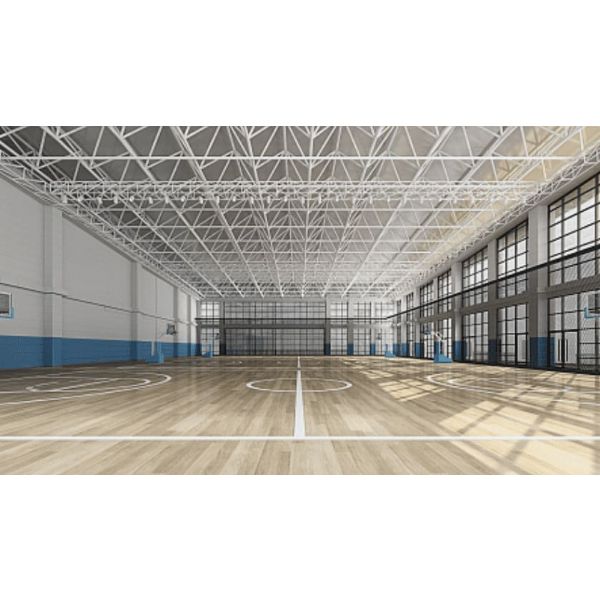EN 1090 certification has become a fundamental benchmark in the European construction and manufacturing industry. It sets out the rules for producing and assembling steel structures that are safe, reliable, and compliant with European regulations. For fabricators, engineers, and project owners, understanding EN 1090 is not just a matter of certification—it’s the key to legal market access, credibility, and long-term business success.
Introduction to EN 1090 certification and Its Importance
The EN 1090 standard defines the requirements for the execution of steel structures. Developed under the Construction Products Regulation (CPR) of the European Union, it ensures that any load-bearing structural component sold or installed within the European Economic Area (EEA) meets consistent safety and quality benchmarks.
For manufacturers, EN 1090 compliance is directly linked to the ability to affix the CE marking—a symbol of conformity that allows free circulation of products within the EU market. Without this certification, steel components cannot legally be marketed or installed in EU construction projects. Therefore, EN 1090 represents both a quality assurance system and a legal requirement.
The EN 1090 Family of Standards (Parts 1–5)
The EN 1090 certification series is divided into several harmonized parts, each addressing specific aspects of structural fabrication, assessment, and material type. Understanding these parts is essential for compliance and proper implementation within the production process.
EN 1090-1 — Requirements for Conformity Assessment
This part covers the Factory Production Control (FPC) and CE-marking process. It defines how manufacturers must document, control, and verify every step of their production—from design to final inspection. A certified FPC system ensures that the same level of quality is maintained for every component produced. It also integrates welding quality management and traceability of materials.
EN 1090-2 — Technical Requirements for Steel Structures
EN 1090-2 provides detailed technical rules for steel structures company, including design execution, material selection, cutting, welding, assembly, and surface treatment. It defines execution classes (EXC1–EXC4) based on structural complexity and safety relevance. For instance, a small warehouse might fall under EXC2, while a bridge or offshore platform could be EXC3 or EXC4. Each class dictates stricter control levels, inspection requirements, and welding qualifications.
EN 1090-3 — Technical Requirements for Non-Steel Components
While similar in purpose, EN 1090-3 focuses on non-ferrous structural components. These materials have different mechanical and thermal properties, requiring separate design rules, welding processes, and inspection methods. Compliance ensures that these frameworks achieve comparable safety and durability standards as steel structures.
EN 1090-4 and EN 1090-5 — Cold-Formed Structural Sheets and Profiles
These later parts extend the standard to cold-formed steel elements, such as roofing sheets, wall panels, and profiles used in modern prefabricated systems. They define technical requirements for forming, cutting, joining, and corrosion protection, ensuring that cold-formed structures meet the same level of reliability as hot-rolled components.
Why EN 1090 Certification Matters for Manufacturers
Compliance with EN 1090 delivers multiple strategic and operational benefits:
- Legal Market Access: CE marking is mandatory for selling structural components within the EU and EEA.
- Improved Quality and Safety: Standardized controls reduce the risk of structural failure and enhance consistency across projects.
- International Credibility: EN 1090 is globally recognized, helping manufacturers win tenders and partnerships abroad.
- Operational Efficiency: Implementing Factory Production Control (FPC) streamlines documentation, traceability, and process management.
Understanding the CE Marking Process Under EN 1090 Certification

The CE marking process is a structured path that ensures every fabricated component meets EN 1090’s technical and quality criteria. Below are the four major stages of certification:
Step 1 – Implement Factory Production Control (FPC)
The first step requires the establishment of a documented Factory Production Control system. This system includes quality manuals, inspection procedures, calibration of equipment, and training programs for personnel. FPC ensures that each stage of manufacturing—design, cutting, welding, coating—is executed under controlled conditions and verified for compliance.
Step 2 – Establish Welding Quality Management System (WQMS)
Since welding is critical in structural fabrication, manufacturers must also comply with EN ISO 3834 for welding quality. This includes qualifying welders, approving welding procedures (WPS/PQR), and maintaining inspection records. Many companies integrate ISO 3834 into their FPC to ensure alignment between quality and compliance systems.
Step 3 – Engage a Notified Body for Certification
A Notified Body—an independent third-party accredited organization—reviews documentation, audits production, and verifies conformity with EN 1090. The Notified Body issues the Certificate of Conformity of the Factory Production Control, confirming that the manufacturer meets all required standards.
Step 4 – Issue the Declaration of Performance (DoP)
Once certified, the manufacturer issues a Declaration of Performance (DoP), declaring that all produced components conform to the relevant EN 1090 parts. This DoP must accompany every shipment and provides legal assurance to customers and authorities that the product complies with European safety requirements.
Execution Classes (EXC1 to EXC4) and Their Application
The concept of Execution Classes helps determine the necessary level of control and inspection during fabrication. Each class corresponds to the structural significance and potential consequences of failure.
| Execution Class | Typical Application | Quality Requirements |
|---|---|---|
| EXC1 | Simple farm buildings, railings, small sheds | Basic supervision and visual inspection |
| EXC2 | Standard industrial and commercial buildings | Standard FPC and qualified welders |
| EXC3 | Bridges, large halls, public infrastructure | Enhanced documentation, NDT inspections |
| EXC4 | Nuclear, offshore, and extreme-risk projects | Highest control level with third-party review |
Determining the correct execution class depends on factors such as structural complexity, load conditions, and environmental exposure. Selecting the appropriate class ensures that the right balance between safety and cost is achieved.
Roles and Responsibilities in EN 1090 Compliance
Manufacturer Responsibilities
Manufacturers are responsible for implementing and maintaining the Factory Production Control (FPC) system. This includes material traceability, welding process monitoring, inspection records, and continuous improvement. Proper documentation allows auditors to verify compliance and ensures full traceability from raw materials to the finished structure.
Responsible Welding Coordinator (RWC)
Every certified manufacturer must appoint a Responsible Welding Coordinator. This person oversees welding activities, ensures compliance with EN ISO 3834, and approves welding procedures and welder qualifications. The RWC plays a vital role in maintaining technical integrity and guaranteeing that welds meet the required performance levels for each execution class.
Third-Party / Notified Body
The Notified Body acts as an independent authority that audits and certifies compliance. It reviews the FPC documentation, conducts site inspections, and performs periodic surveillance audits to ensure ongoing conformity. Manufacturers must cooperate fully during audits to maintain their certification validity.
Common Challenges and Best Practices for EN 1090 Implementation
While achieving EN 1090 certification brings undeniable benefits such as legal compliance, enhanced reputation, and access to new markets, the implementation process can be demanding. Many companies—especially those transitioning from ISO 9001 or internal quality systems—underestimate the level of detail required to comply fully with EN 1090 standards. Below are the most common challenges fabricators face and practical strategies to overcome them.
Common Challenges During EN 1090 Implementation
- Incomplete or inconsistent Factory Production Control (FPC) documentation: Missing inspection reports, outdated procedures, or lack of revision control can cause nonconformities during audits. A robust FPC system must include documented process flows, inspection checklists, calibration records, and full traceability from material purchase to final product delivery.
- Unqualified or expired welder certifications: Welding quality is at the heart of EN 1090 certification. Regular assessment, retraining, and proper record keeping of welder qualifications are critical.
- Improper calibration and maintenance of testing equipment: Measuring instruments must be calibrated at defined intervals and traceable to recognized standards. Lack of calibration certificates or using uncertified devices can result in failed audits.
- Insufficient internal audits or management reviews: Internal reviews are essential to detect gaps early, verify compliance with EN 1090-1 and EN 1090-2 requirements, and maintain continuous improvement within the quality system.
- Lack of cross-department communication: Misalignment between design, production, and quality departments can lead to material or welding errors that breach EN 1090 requirements.
Best Practices to Ensure Smooth EN 1090 Certification
- Integrate EN 1090 certification into existing ISO systems: Align with ISO 9001 and ISO 3834 frameworks to simplify compliance monitoring and avoid duplication.
- Establish strong leadership and accountability: Assign a dedicated compliance manager or Responsible Welding Coordinator (RWC) to oversee the certification process and maintain documentation integrity.
- Provide regular training and skill development: Continuous staff education ensures technical competence and consistent production quality.
- Adopt digital quality management tools: Use software to record inspections, track welding procedures, and generate Declarations of Performance automatically.
- Conduct pre-assessment audits: Identify nonconformities early before the Notified Body audit to reduce delays or rejections.
- Document everything precisely: Keep complete material certificates, inspection reports, and photographic evidence for audit traceability.
- Engage early with a Notified Body: Early consultation clarifies expectations and prevents misinterpretations of EN 1090 requirements.
- Promote a culture of continuous improvement: Regularly evaluate performance indicators, audit results, and feedback to sustain long-term compliance.
Long-Term Value of Effective EN 1090 Implementation
Once properly implemented, the EN 1090 certification framework transforms how a manufacturer manages quality. Beyond compliance, it fosters a culture of discipline, documentation, and accountability. Consistent application of these best practices ensures long-term certification validity, reduces rework and waste, and enhances customer trust. More importantly, it positions the company as a reliable supplier capable of meeting the highest European and international standards for steel structures.
Global Impact and Relevance Beyond Europe

Although EN 1090 is a European standard, its influence extends far beyond the EU. Many international steel manufacturers—especially in Asia, the Middle East, and Africa—seek EN 1090 certification to supply projects within Europe. It has become a benchmark for structural reliability and an essential requirement in global tenders involving infrastructure, industrial plants, and energy facilities.
For instance, a steel structure company in China or fabrication plant in the Middle East that complies with EN 1090 certification can easily participate in European construction supply chains. This not only enhances their reputation but also demonstrates commitment to safety, sustainability, and engineering excellence.
Conclusion: The Future of EN 1090 certification and Structural Compliance
As construction moves toward digital transformation, the role of EN 1090 continues to evolve. Future updates will likely emphasize digital traceability, AI-based quality control, and sustainability metrics to align with green building initiatives.
For manufacturers, engineers, and builders, achieving and maintaining EN 1090 certification is more than a regulatory requirement—it’s a competitive advantage. It demonstrates technical competence, ensures legal access to the EU market, and reinforces a culture of safety and quality that benefits every stakeholder in the construction ecosystem.
EN 1090 certification Parts and Coverage Overview
| Part | Title | Focus Area | Material Type |
|---|---|---|---|
| EN 1090-1 | Conformity Assessment | CE Marking & Factory Production Control | Steel |
| EN 1090-2 | Technical Requirements | Fabrication & Execution Processes | Steel |
| EN 1090-3 | Technical Requirements | Fabrication & Execution Processes | Non-Ferrous |
| EN 1090-4 | Technical Requirements | Cold-Formed Structural Elements | Steel |
| EN 1090-5 | Technical Requirements | Cold-Formed Structural Elements | Non-Ferrous |




